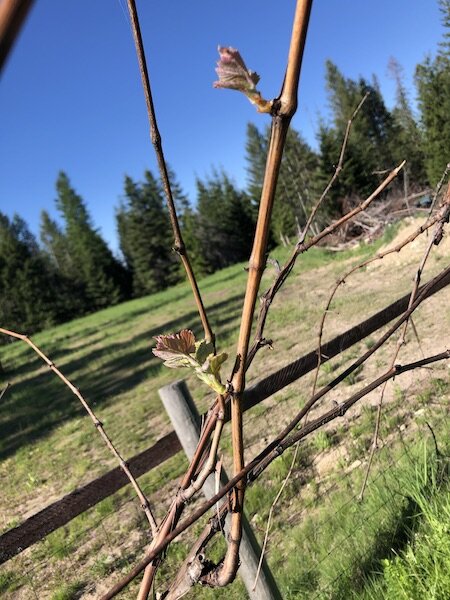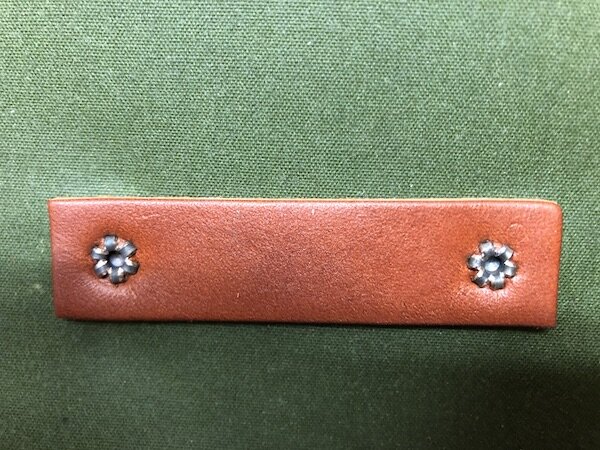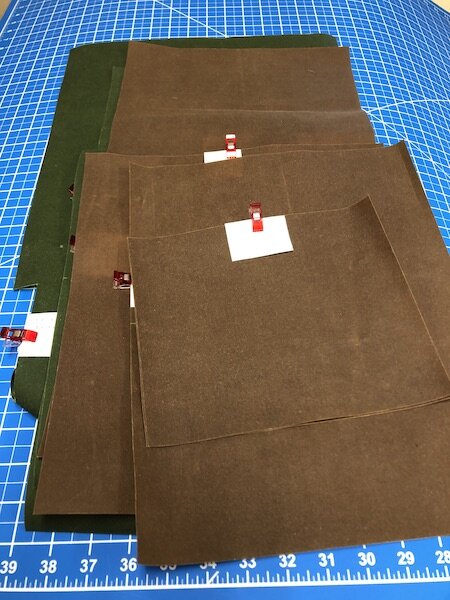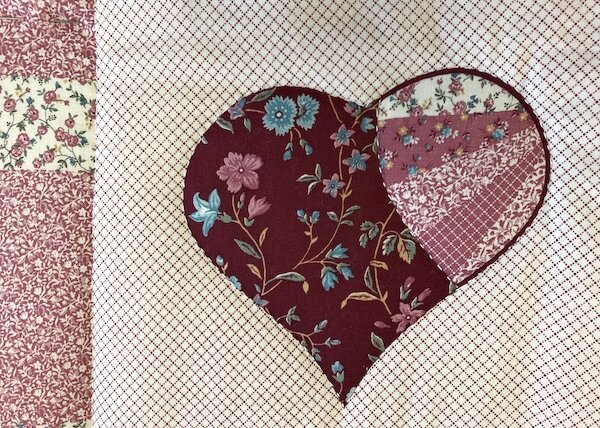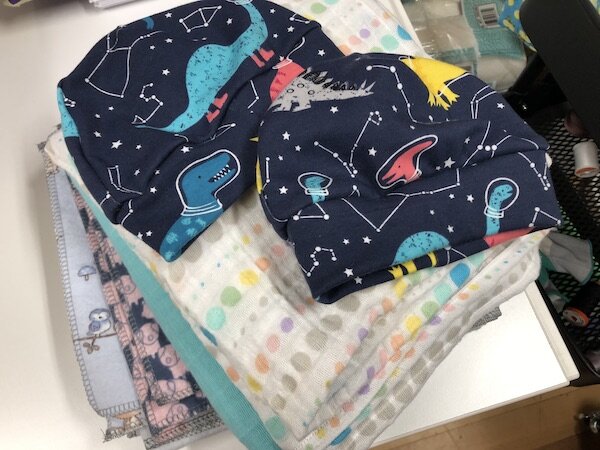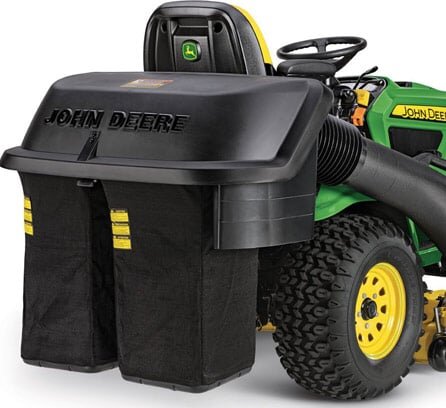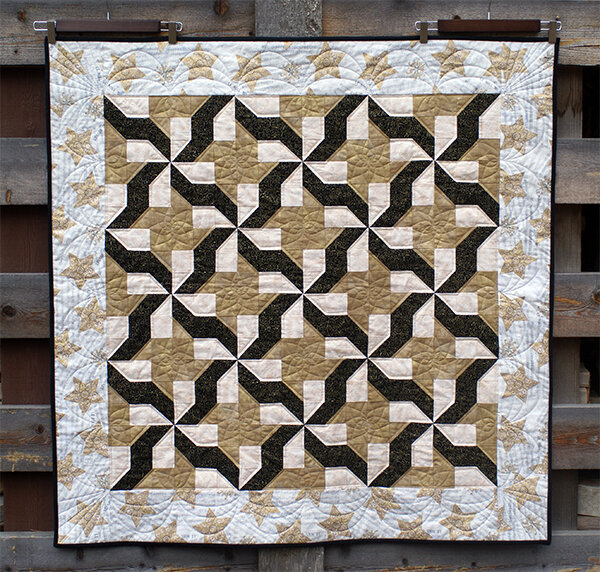I am curious to see how this year’s tourist season plays out. We have become Aspen-ified here in Kalispell, with businesses having to cut hours and services because of a huge labor shortage.
DISCLAIMER (and please don’t bother to comment unless you’ve read the whole post): The current labor shortage is a complex problem with many factors feeding into it. No one magic bullet is going to solve it. I will cut short a conversation with anyone who says to me, “Well, employers just need to pay more,” especially if that person has never owned a business with employees. I am happy to discuss potential solutions with people willing to make a good-faith effort to understand what owning a business with employees is actually like, not what they think it should be like in a perfect world of rainbows and unicorn farts where employers have money trees growing in their backyards.
Before we moved to Montana, I worked for a software company as a tech support specialist. (Some of you are old enough to remember 300 baud modems.) Every year on the employee’s hiring anniversary, the company provided a printout explaining not only how the person’s salary was calculated, but also the additional expenses such as payroll taxes, unemployment tax, health insurance, pension contributions, and work comp costs associated with that position. That was done to give the employee a clear picture of exactly how much it cost the company to employ him or her. Some people might think that’s harsh, but perhaps if that kind of information were more readily available, it would help to stem this epidemic of misunderstanding of the costs of running a business. Depending upon the position, the total cost of having an employee on the payroll could be twice the stated monetary compensation. As the employee’s compensation went up, so did the associated costs.
In any discussion of economics, we need to start with the basic understanding that “the government” traditionally has not had any money except that which it takes from taxpayers. (I say “traditionally” because of the rampant money-printing that the government is indulging in currently—creating “money” out of thin air—which comes with its own set of problems.) Many people seem to think that all of these unemployment benefits that are being handed out are provided as manna from heaven. They aren’t. Unemployment benefits are funded by a tax on employers. We pay quarterly unemployment taxes to both the state and federal governments, although the majority of it goes to the state. And if the government is handing out benefits left and right, I’m sure you can guess who they are going to go back to when they run out of money.
I am vigilant about watching to see who files for unemployment benefits from us, not because I don’t want our employees to be able to collect benefits when we don’t have work for them, but because every dollar that is paid out in benefits gets charged against our account. We have employees who file for benefits for a couple of months every winter when things shut down. I never contest those claims because they are using those benefits in the manner for which they were intended. However, anyone who has left our employ voluntarily is not eligible to collect from us, although many of them try.
[We had one former employee who quit in September and told the husband he was going back east to work for his uncle. We found out from another employee that this guy’s real plan was to go back east and collect unemployment and spend the fall hunting. As expected, he submitted an unemployment claim a week or two after he left. I contested his claim—because he quit and we still had work available—and the state agreed with me. No doubt he was disappointed to find out that we weren’t going to fund his hunting season vacation.]
Work comp is another big expense of ours. Rates are, not surprisingly, based on how difficult/dangerous the work is. Construction has some of the highest work comp rates out there. And here’s an example of how that works: The husband hired a guy who started working for us on March 1. He was a 60-year-old retired homeowner for whom the husband had done a job last year. The guy was in good physical shape and wanted to pick up some extra spending money. The husband needed the help. He worked for us for five days. On his last day of work—and you’ll understand why it was his last day of work in a moment—he tore his bicep muscle off the bone when he tried to pry a 2 x 6 out of the ground.
I filed the claim immediately on his behalf so he could get timely medical treatment. He had two MRIs followed by surgery and rehab. “The government” is not going to pay for that treatment. His health insurance isn’t obligated to cover it. All of those costs will get charged to us via work comp and our work comp premiums will automatically increase for the next three years. (I am waiting to find out how big the increase will be.) He got hurt on our job and we are responsible for seeing that his treatment is paid for. We have done everything we could to make that happen. But it is a huge hit for us for as a result of having an employee for one week.
I don’t disagree that wages haven’t kept up over the last several decades. Corporate CEO compensation is bizarrely distorted compared to what workers make. I made less working full-time as a medical transcriptionist than I did in my first job out of college. (It’s “just typing,” you know.) Classifying people as independent contractors in a gig economy has allowed companies to dodge costs associated with having employees. However, the solution isn’t as simple as paying people more, especially for small business owners. Employers have a lot of extra costs that aren’t always obvious to casual onlookers.
Part of the labor shortage here is also being caused by unaffordable housing. We are in a part of the country that many people want to visit. Some of them even want to live here. A lot of long-term rentals have been converted to Airbnbs, and what long-term rentals are still available have monthly rents in the $1600-1800 range. (For the record, we charge our renters a very reasonable amount and haven’t increased it since they moved in about seven years ago, because they are good renters and we want them to be able to save enough money to buy their own place eventually.) Some local companies have started buying up real estate, like apartment complexes, to provide housing for their employees.
And of course, if the government is handing out extra money in the form of additional unemployment benefits, that is going to be a dis-incentive for people to look for work. We even had an employee ask the husband last summer if he could be laid off so he could collect unemployment—and this was in the middle of a huge custom home foundation project. (The answer was no.)
I see a perfect storm on the horizon: We will have an influx of tourists shortly who will want services that are being provided marginally or not at all because people can no longer afford to work and live here. This is going to take some time and creative thinking to untangle.
You’re no doubt aware, if you’ve been reading this blog for any length of time, that we lean libertarian. I don’t even enter into discussions with certain people because I get so frustrated by the ones who immediately call for more government intervention with no understanding or acknowledgement of how many of these problems are caused—directly or indirectly—by the government. It reminds me of that joke that the government will break your leg and then be happy to sell you a crutch.
Here endeth today’s sermon.
**************************************************************
I did buy some fabric in Alaska:


